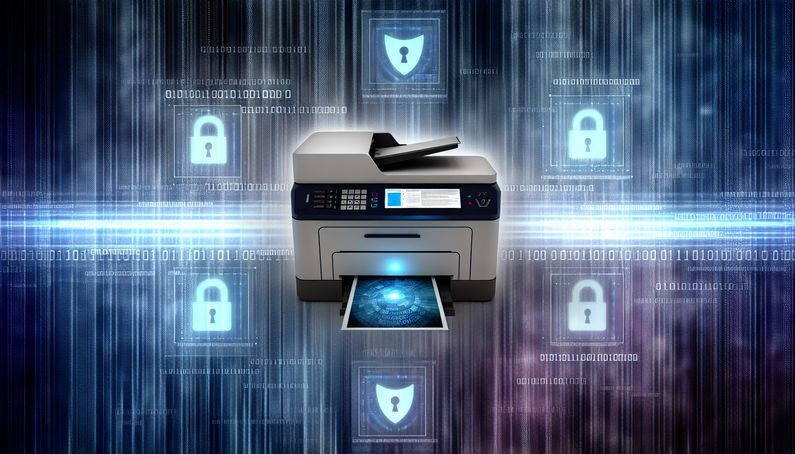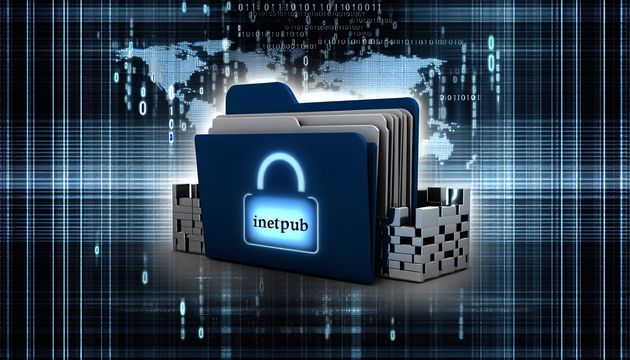
Understanding and Mitigating Default Password Vulnerabilities in Brother Printers
The discovery of a critical vulnerability in Brother printers has sent ripples through the cybersecurity community. Affecting 689 models, this flaw allows attackers to remotely generate default administrator passwords, posing a severe security risk. Identified as CVE-2024-51978, the vulnerability is rooted in the predictable nature of the password generation algorithm used during manufacturing. This issue is not isolated to Brother printers alone; similar vulnerabilities have been found in devices from other manufacturers like Fujifilm and Ricoh, affecting a total of 742 models (Rapid7 Blog). The implications are vast, with potential for unauthorized access leading to data breaches and network infiltration. This situation underscores the ongoing challenges in cybersecurity, particularly concerning default passwords, which remain a weak link in many systems.
Understanding the Vulnerability: How Default Passwords Became a Security Nightmare
The Origin of Default Password Vulnerabilities
The use of default passwords in electronic devices, including printers, has long been a convenient method for manufacturers to streamline the setup process for end-users. However, this convenience comes at a significant cost to security. The case of the Brother printer bug, affecting 689 models, highlights the critical vulnerabilities associated with default passwords. This flaw, identified as CVE-2024-51978, allows attackers to generate the default administrator password remotely, posing a severe security risk. The vulnerability is rooted in the password generation logic used during manufacturing, which makes the passwords predictable unless changed by users.
The Technical Mechanism Behind the Vulnerability
The vulnerability in Brother printers is primarily due to the predictable nature of the password generation algorithm. Imagine a lock that uses a combination based on a simple pattern. During manufacturing, the default password is generated using a custom algorithm based on the device’s serial number. The process involves taking the first 16 characters of the serial number, appending 8 bytes derived from a static “salt” table, hashing the result with SHA256, and then Base64-encoding the hash. This method, while seemingly secure, is easily reversible, allowing attackers to derive the default password if they know the device’s serial number. This flaw is not unique to Brother printers; other manufacturers like Fujifilm, Konica Minolta, Ricoh, and Toshiba also face similar issues, affecting a total of 742 printer models (Rapid7 Blog).
The Impact of Default Password Vulnerabilities
The implications of default password vulnerabilities are far-reaching. Attackers can exploit these weaknesses to gain unauthorized access to devices, leading to potential remote code execution, data breaches, and network infiltration. The Brother printer bug, rated a critical 9.8 out of 10 on the CVSS scale, exemplifies the severity of such vulnerabilities. By leveraging the printer’s serial number, attackers can calculate the default password, effectively granting them backdoor access without any authentication (Tech2Geek). This not only compromises the security of the individual device but also poses a threat to the entire network it is connected to.
The Broader Context of Default Password Issues
The issue of default passwords is not confined to printers alone. It is a widespread problem across various electronic devices and systems. Despite years of warnings from cybersecurity experts, many systems still rely on default credentials, leaving them vulnerable to attacks. A study by Cybernews analyzed over 19 billion passwords and found that insecure password practices persist, with only 6% of passwords being unique. The remaining 94% were duplicated or reused, highlighting the prevalence of weak password reuse (Security Magazine). This epidemic of weak password practices underscores the need for more robust security measures and user education.
Mitigation Strategies and Future Directions
Addressing the vulnerabilities associated with default passwords requires a multifaceted approach. For existing devices, users are advised to change the default admin password immediately and apply any available firmware updates. Restricting access to the printer’s admin interfaces over unsecured protocols and external networks is also recommended (Bleeping Computer). For future devices, manufacturers must adopt more secure password generation methods and eliminate the use of default passwords altogether. The U.S. Cybersecurity and Infrastructure Security Agency (CISA) has laid out guidelines within their Secure by Design framework, urging companies to build more secure systems from the ground up (Avant Assessment).
In conclusion, the Brother printer bug serves as a stark reminder of the dangers posed by default passwords. As technology continues to evolve, so too must our approach to security, ensuring that convenience does not come at the expense of safety.
New Perspectives
The Brother printer vulnerability highlights a critical need for change in how we approach device security. Users must be proactive in changing default settings, and manufacturers should prioritize security in their design processes. This situation serves as a call to action for both consumers and companies to adopt better security practices and to remain vigilant against potential threats.
References
- Bleeping Computer. (2024). Brother printer bug in 689 models exposes default admin passwords. https://www.bleepingcomputer.com/news/security/brother-printer-bug-in-689-models-exposes-default-admin-passwords/
- Rapid7 Blog. (2024). Multiple Brother devices, multiple vulnerabilities fixed. https://www.rapid7.com/blog/post/multiple-brother-devices-multiple-vulnerabilities-fixed/
- Tech2Geek. (2024). Brother printers hit by 8 critical flaws across 689 models, millions at risk. https://www.tech2geek.net/brother-printers-hit-by-8-critical-flaws-across-689-models-millions-at-risk/
- Security Magazine. (2025). 2025’s most commonly used passwords reveal insecure password practices. https://www.securitymagazine.com/articles/101593-2025s-most-commonly-used-passwords-reveal-insecure-password-practices
- Avant Assessment. (2024). Staying secure by design: What’s wrong with default passwords. https://www.avantassessment.com/blog/staying-secure-by-design-whats-wrong-with-default-passwords



